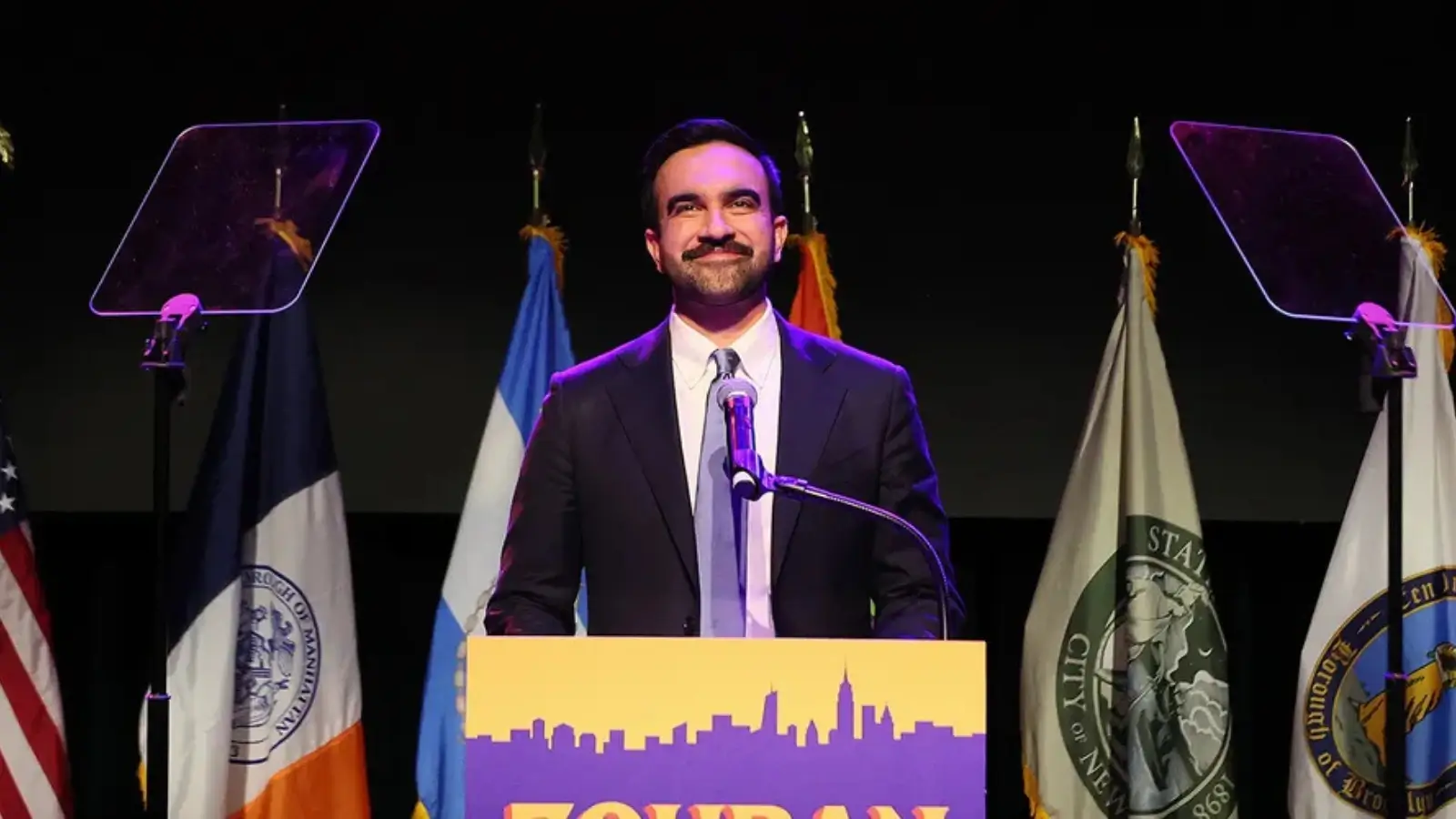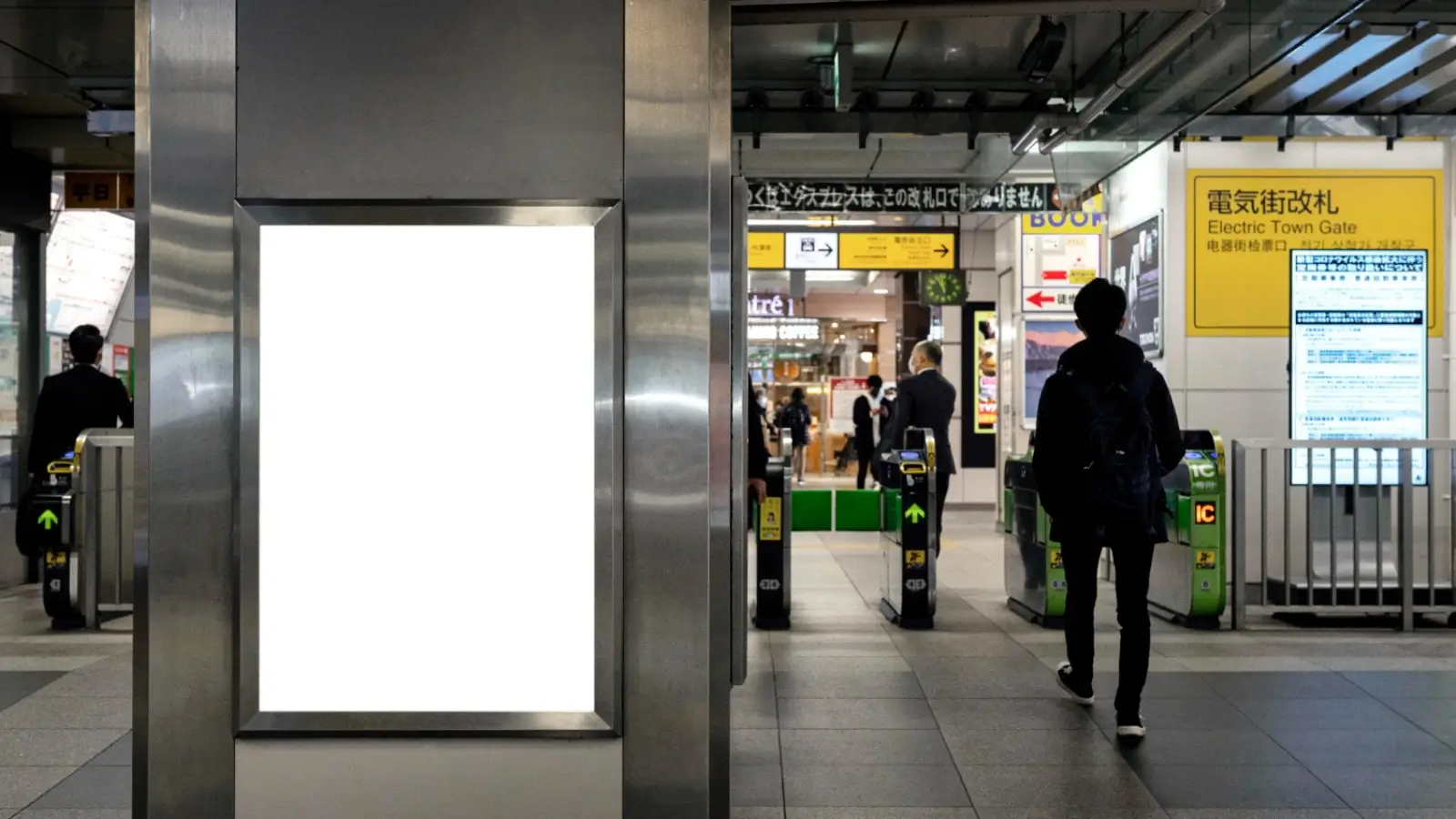


Public transport is the lifeblood of modern cities. It connects communities, supports commerce, and contributes significantly to environmental sustainability. But in an era defined by digital transformation and evolving commuter expectations, the challenge for transport operators is no longer just about moving people efficiently but about engaging them effectively. This is where smarter marketing and communication campaigns come in. Investing in well-designed public transport campaigns isn’t just good practice. It’s good business.
Public transport systems rely on public confidence. When passengers trust the network, believing it to be reliable, modern, and aligned with their values, they’re more likely to use it regularly. Strategic campaigns build this trust by communicating clearly and consistently across multiple touchpoints.
A strong brand narrative reinforces reliability, emphasizes improvements, and highlights innovation. Whether it’s promoting new ticketing technology, cleaner fleets, or accessibility enhancements, smart campaigns transform everyday operations into stories of progress. This transparency helps shape public perception and positions transport operators as forward-thinking and community-driven. Partnering with a creative agency for the rail sector can help operators unlock the full potential of their networks by combining strategy, design, and technology for measurable results.
Passenger behavior is changing. Commuters now expect real-time information, digital convenience, and personalized communication. Smarter campaigns leverage data and insights to reach audiences where they are on social media, apps, and digital screens throughout the network.
By analyzing ridership patterns, time-of-day trends, and location-based data, transport authorities can design campaigns that encourage off-peak travel, promote multi-modal journeys, or highlight underused routes. Personalized digital marketing can also target specific demographics, students, tourists, or commuters, offering relevant promotions and information that inspire action.
The result is not just increased awareness but tangible growth in ridership and revenue.
One of the most powerful business arguments for investing in smarter public transport campaigns is their role in promoting sustainability. Encouraging more people to choose public transport over private vehicles directly supports carbon reduction targets, improves air quality, and enhances urban mobility.
Campaigns that effectively communicate environmental benefits, such as reductions in emissions, green energy use, or community impact, resonate strongly with modern audiences who value sustainability. This alignment with social responsibility enhances public image while attracting corporate partners and investors who prioritize environmental, social, and governance (ESG) performance.
By framing sustainability as both a civic and economic advantage, transport campaigns can contribute to long-term brand resilience.
Public transport branding and communication don’t just influence passengers; they also impact policymakers, local councils, and investors. A well-executed campaign demonstrates operational excellence, innovation, and alignment with regional development goals.
This positive perception can open doors to funding opportunities, government support, and public-private partnerships. Campaigns that showcase infrastructure upgrades, service expansions, and community initiatives help demonstrate return on investment (ROI) beyond ticket sales, positioning transport authorities as essential contributors to urban growth and sustainability.
In other words, smart campaigns make the case for continued investment by proving that transport systems are not just functional but visionary.
Digital transformation is reshaping how passengers interact with transport services. From real-time updates and journey planners to interactive displays and social media engagement, every touchpoint offers a branding opportunity.
Smarter campaigns integrate these digital tools into the overall passenger experience, ensuring that every communication feels seamless, useful, and consistent. For example, digital screens can display dynamic content, promotions, community updates, or local art, making waiting times more engaging. Mobile apps can deliver tailored travel advice or rewards, deepening loyalty.
By linking technology with creativity, campaigns turn functional journeys into meaningful experiences, improving customer satisfaction and retention.
The business case for smarter public transport campaigns is clear: they build trust, attract ridership, strengthen partnerships, and future-proof services in an increasingly digital world. By combining creativity with strategy, transport authorities can transform their networks into living brands that inspire confidence and loyalty.